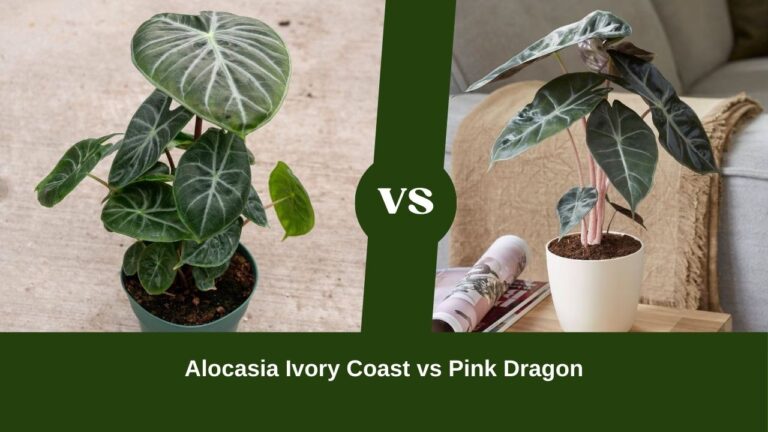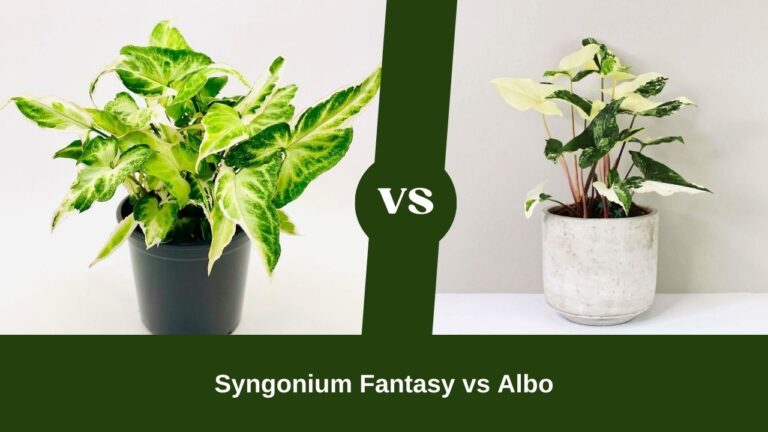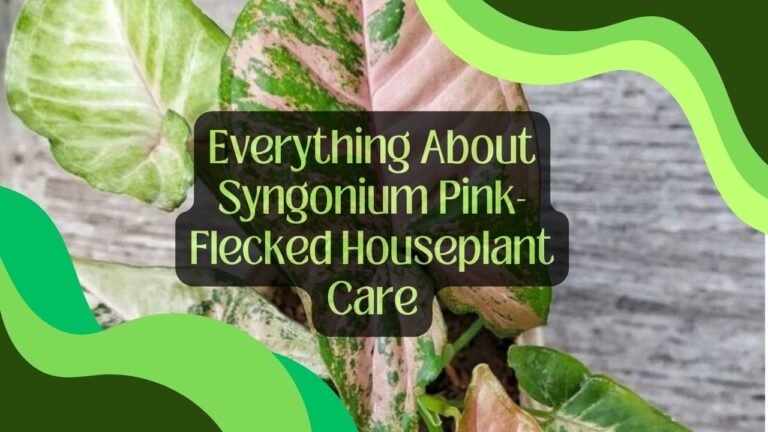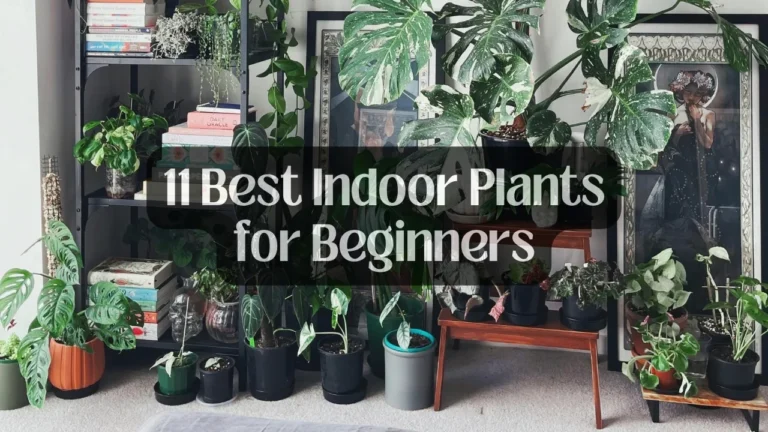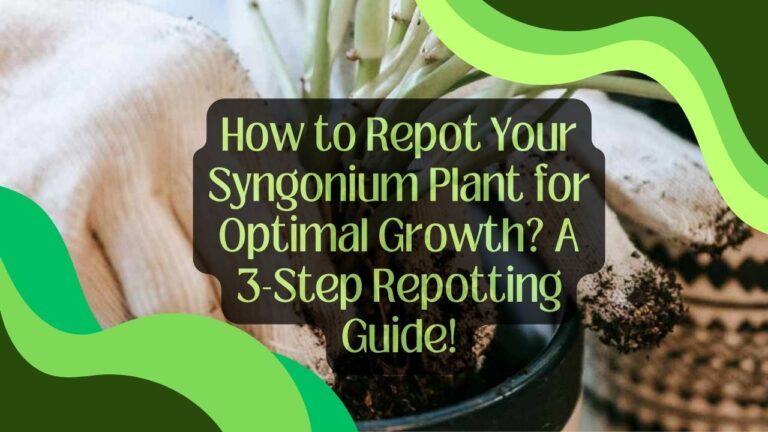How Can You Grow Aloe Vera Indoors? A Beginner’s Handbook
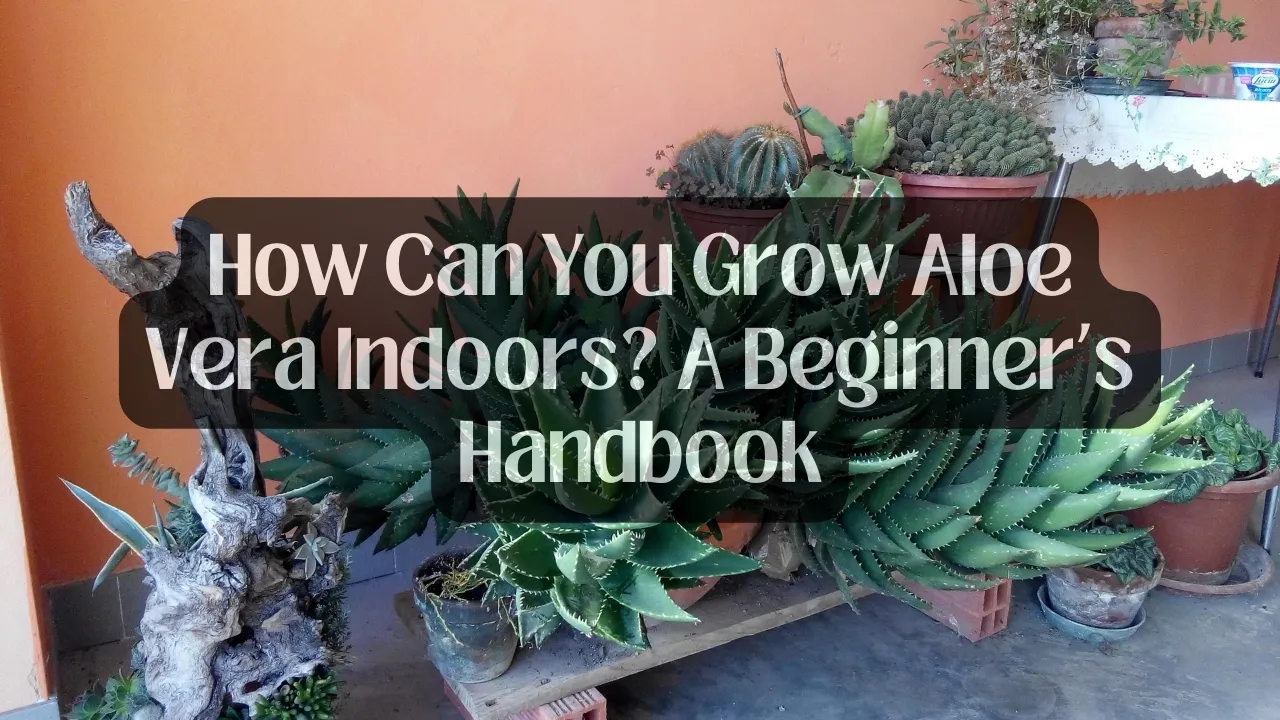
The aloe vera’s thick, fleshy leaves and simple care needs make it an appealing choice for home growers. This hardy succulent thrives indoors if you meet its basic requirements for sunlight, water, and well-draining soil.
How to help grow my Aloe vera indoors? Aloe vera plants need well-draining soil, plenty of direct sunlight, and infrequent but deep watering to thrive inside. Place the pot in a bright window and allow the soil to fully dry before thoroughly watering again. Repot every few years and prune off any dead growth. Maintain temperatures around 65-80°F for best results.
I’ll come with more in-depth details about this matter. Just keep on reading this article.
Table of Contents
What Kind of Pot Does Aloe Vera Need?
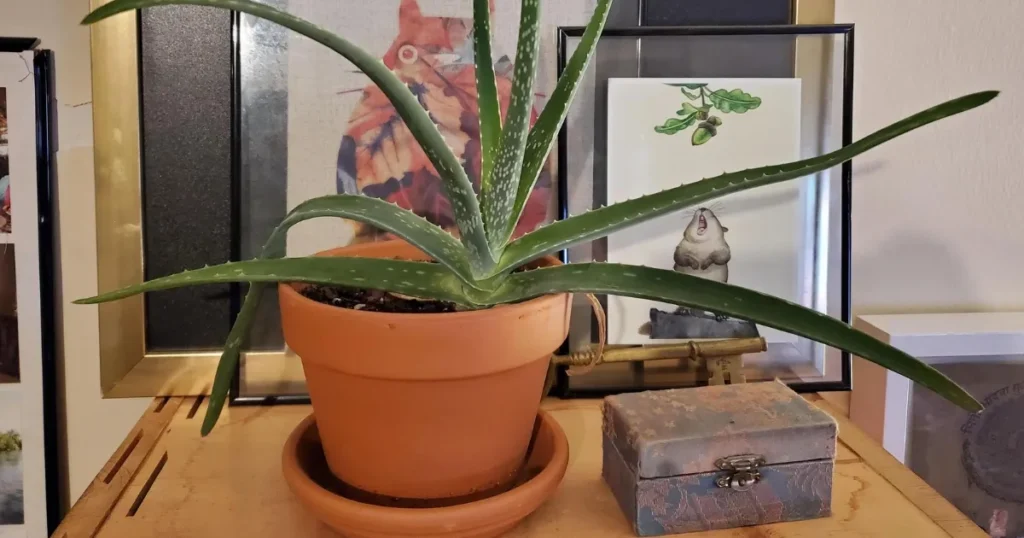
An aloe vera’s roots spread horizontally near the surface rather than extending deep into the soil. For this reason, the plant does best in a wide, shallow container with at least one drainage hole in the bottom. Terra cotta pots are a smart pick since the porous clay helps excess moisture evaporate.
If you’d prefer a decorative ceramic or plastic pot, be sure to use a potting mix formulated for cacti and succulents. These fast-draining mixes prevent the soggy soil that can cause an aloe’s roots to rot. As an extra precaution, you can place a layer of pebbles or broken pottery in the bottom of the pot to promote airflow and drainage.
Here is a 1500+ word article on how to grow aloe vera at home, written in a simple and elegant North American style with headings as questions and a Flesch reading ease score under 60:
How Can You Grow Aloe Vera Indoors?
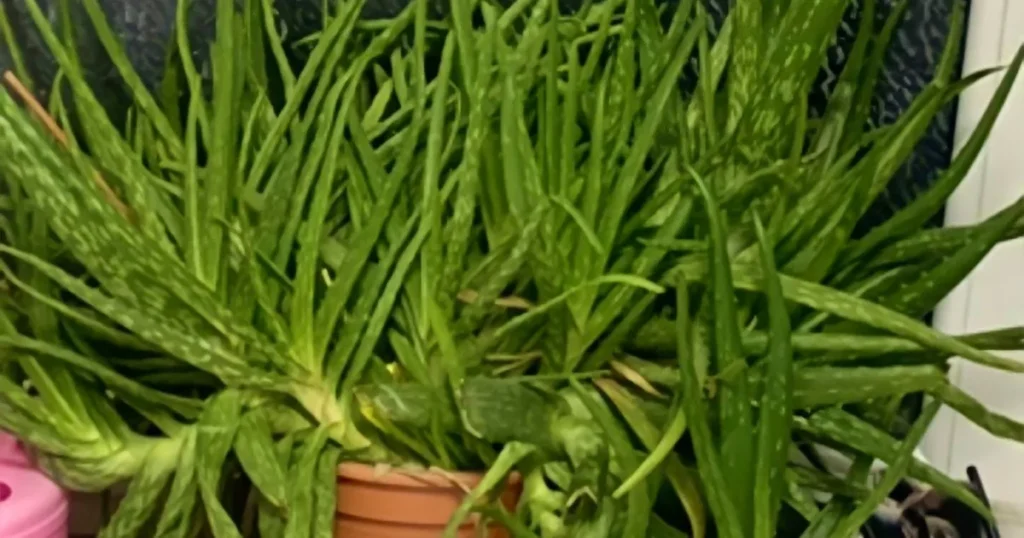
The aloe vera’s thick, fleshy leaves and simple care needs make it an appealing choice for home growers. This hardy succulent thrives indoors if you meet its basic requirements for sunlight, water, and well-draining soil.
With just a few tips, you can enjoy the benefits of an aloe plant’s soothing gel and architectural beauty right in your living space.
What Kind of Pot Does Aloe Vera Need?
An aloe vera’s roots spread horizontally near the surface rather than extending deep into the soil. For this reason, the plant does best in a wide, shallow container with at least one drainage hole in the bottom. Terra cotta pots are a smart pick since the porous clay helps excess moisture evaporate.
If you’d prefer a decorative ceramic or plastic pot, be sure to use a potting mix formulated for cacti and succulents. These fast-draining mixes prevent the soggy soil that can cause an aloe’s roots to rot.
As an extra precaution, you can place a layer of pebbles or broken pottery in the bottom of the pot to promote airflow and drainage.
How Much Sun Does an Indoor Aloe Vera Plant Need?

Bright, direct light is essential for keeping an aloe vera plant’s thick leaves compact and upright. Indoors, an unobstructed south or west-facing window is ideal. In dim conditions, the plant may stretch out and become spindly as it reaches for more light.
If you don’t have a bright enough window, you can supplement with a grow light positioned about 6-12 inches above the plant. Look for LED or fluorescent bulbs that provide a good spectrum for healthy growth.
Be mindful that too much hot, direct summer sun can scorch the leaves. An adjustable blind or sheer curtain lets you filter the light as needed.
How Often Should You Water an Aloe Vera Plant?
The biggest mistake people make with aloe vera is overwatering. Like most succulents, aloes store water in their thick, fleshy leaves and have modest moisture needs.
In general, only water your plant when the top 1-2 inches of soil are completely dry. For a typical 6-8 inch potted aloe, this ends up being about every 2-3 weeks in spring and summer. Cut back even further in the winter when growth is slowest.
To water, apply room temperature tap water directly to the soil until it begins to drain out the bottom of the pot. Then allow any excess to drain completely before returning the plant to its saucer. Leaving aloe to sit in standing water often leads to root rot.
Should You Feed Your Aloe Vera Plant?
Thanks to their drought-tolerant nature, indoor aloe plants usually get all the nutrients they need from a high-quality potting mix. Avoid fertilizing aloe kept in bright light, as this can actually damage the leaves and stunt growth.
If you notice your plant is not putting out new leaves or the existing ones appear stunted, you can apply a balanced liquid fertilizer diluted to 1/4 strength. Do this monthly in spring and summer when the plant is actively growing. Otherwise, let your aloe subsist on the rich organic matter in its potting mix.
How Do You Repot an Overgrown Aloe Plant?
An overcrowded pot can cause an aloe vera’s roots to circle tightly around the inside, eventually becoming rootbound and choking the plant. It’s wise to repot your aloe every 2-3 years to refresh the soil and give those fibrous roots room to spread.
When it’s time to repot, choose a container 1-2 inches wider than the current pot. Unpot the plant and brush away as much of the old soil as possible while taking care not to damage the roots. Place the root ball in the new pot and backfill it with fresh succulent mix, firming it gently to stabilize the plant.
Image: Preserving roots of Aloe vera
After repotting, hold off on watering for a week or more to let any minor root damage heal over. Place the plant in bright light, and it should quickly take off growing in its refreshed environment.
What’s the Best Way to Prune an Indoor Aloe Plant?
While not absolutely necessary, occasional pruning keeps aloe plants looking their best and prevents excess growth. Use a clean knife or pruning shears to snip off any dead or damaged leaves at the base. You can also remove offsets (the baby plants that form around the mother plant) if you don’t want them to develop further.
Cut away any leaves or flower stalks that have turned brown, taking care not to injure the remaining healthy foliage. Remove the entire leaf if more than 1/3 of it has dried out. Don’t compost the cuttings – that nutrient-rich aloe gel makes a great moisturizer for your skin!
This YouTube video might be of some help.
How Do You Propagate Aloe Vera Offshoots?
One of the easiest ways to get a new aloe plant is to remove and root one of the offshoots (also called pups) that sprout up around the base of a mature plant. Here’s how:
With a sharp, sterile knife, separate the offshoot from the mother plant, keeping as many roots intact as possible. Allow the cut area to dry out for a couple of days.
Fill a small pot with fresh cactus potting mix. Plant the offshoot, pressing the soil firmly around the base to stabilize it. Let the soil dry out before giving the plant its first watering.
Place your new aloe in a bright spot and water very sparingly for the first 6-8 weeks while the offshoot develops a strong root system. Once established, treat it the same as a mature plant.
FAQs
To give you more insights about Aloe vera care in your home, here are some Q&A. I hope these help you.
Q: How do I know if my aloe vera is getting too much sun?
If the leaves start turning brown or reddish, it’s getting too much direct sun. Move it back from the window slightly.
Q: What insects are common pests for indoor aloe plants?
Mealybugs, scale, and spider mites can sometimes infest indoor aloe plants. Experts often suggest to check the undersides of leaves regularly.
Q: What causes an aloe’s leaves to crack or ooze liquid?
This is likely due to overwatering. Allow the soil to fully dry before watering again.
Conclusion
An aloe vera plant makes a delightful indoor companion with minimal care. Its thick, spiraling leaves add understated beauty to any room with sunshine. Beyond its good looks, the soothing gel inside provides a natural skin remedy. While resilient, an aloe plant reminds us to appreciate life’s simple pleasures.
Give it the right light, water, and soil, and you’ll enjoy this low-maintenance succulent’s effortless elegance for years to come.

